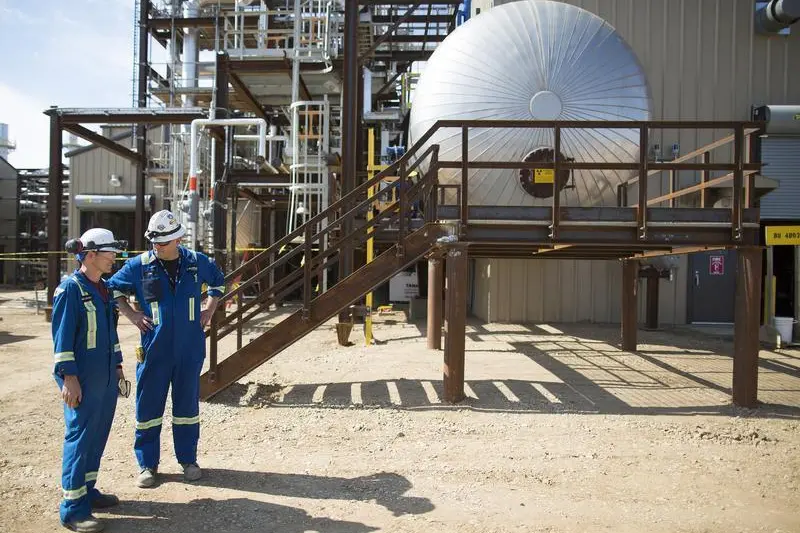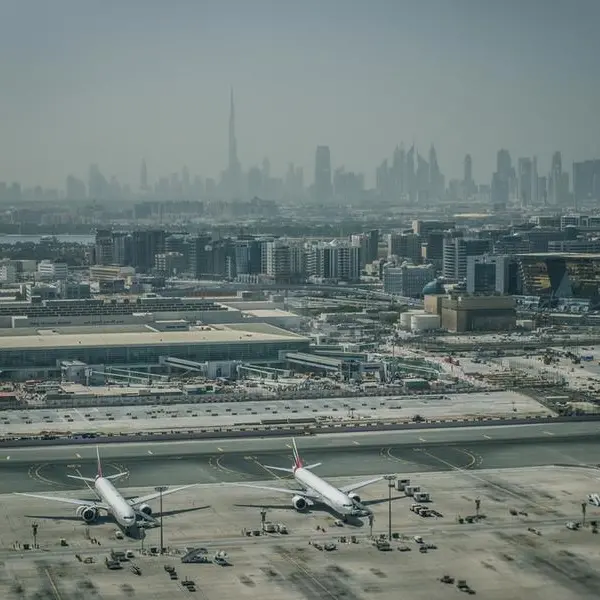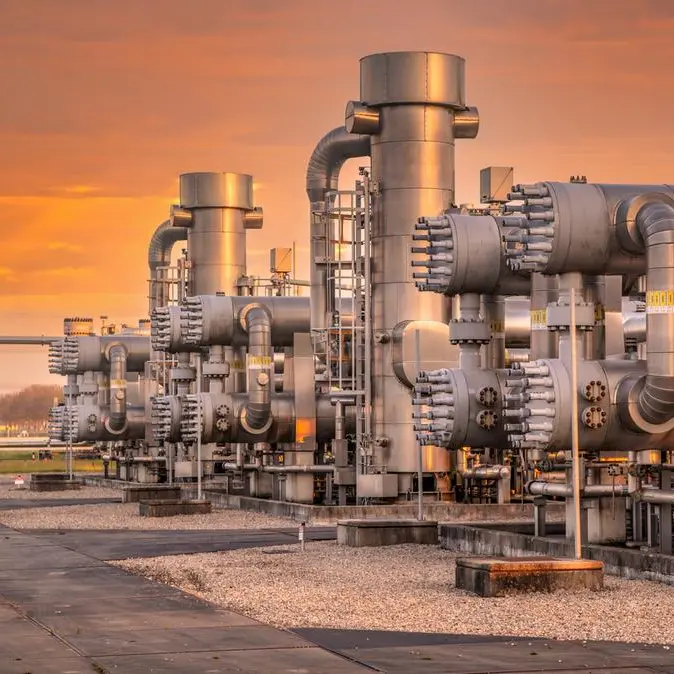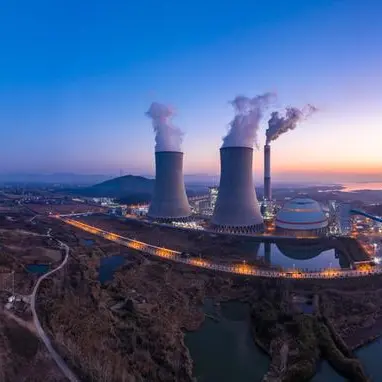PHOTO
Facing rising demand and plateauing domestic production, Tunisia is looking to diversify its energy mix through closer cooperation with Algeria and increased renewable production.
With demand set to more than double by 2030, according to forecasts from the National Agency for Energy Management (Agence Nationale de la Maîtrise de l'Energie, ANME), plans for increased gas supply from its neighbour and a steady rise in solar production will help alleviate some of the pressure on the existing grid.
Balance of powerWith its small reserves of oil and gas, Tunisia has gradually transitioned into a net importer of oil since 2000. According to the US Energy Information Administration (EIA), domestic oil production has dropped from peak production levels in the mid-1980s of 120,000 barrels per day (bpd) to around 60,000 bpd in 2013.
At a time when hydrocarbons account for about 99% of local energy consumption, this exposes the country to greater risks of supply interruptions and price volatility.
Fuel supplies are further hampered by the capacity of Tunisia's sole oil refinery - currently around 34,000 bpd − a figure that falls well below demand, which averaged about 90,000 bpd in 2013, according to the EIA. While the country had sought to develop a second refinery in Skhira − with initial capacity of 120,000 bpd of oil equivalent, scalable up to 250,000 bpd − the $2bn project was suspended last year when a production decline in neighbouring Libya created concerns over the reliability of oil supply. Resultant supply shortages have led to higher demand for imported refined products, further increasing national energy costs.
In contrast, the downstream sector is highly regulated with a mandatory sale price and numerous laws, such as the two-month minimum stock, which can be difficult to apply. "Regulation of downstream activity and the complexity of certain procedures have both limited operators' opportunities and profitability and thus their investments," Mohamed Chaabouni, managing director of Vivo Energy Tunisia told OBG. "It is a fear competition market where companies only differentiate themselves with their products, their logistic channel, their location and their services."
The downstream sector is also suffering from the informal market that is accounting for around 25% of the market. This is mainly due to a lack of control at the Libyan border, which enables large volume of cheaper oil to transit every day.
Neighbourhood watchTo stay ahead of the shifting energy balance, Tunisia has sought greater regional cooperation, turning to Algeria for support. After a visit from Algeria's minister of energy, Salah Khebri, in late July, the two countries agreed to increase natural gas supply levels from Algeria to 2.4bn sq metres this year, in addition to reinforcing existing bilateral commercial trade of liquefied petroleum gas. Tunisia also currently serves as a strategic transit point for the Trans-Mediterranean Pipeline linking Algeria and Italy, for which it receives natural gas royalties in lieu of transit fees.
This comes alongside the recent inauguration of a fifth cross-border electrical power grid interconnection line in late July. Developed at a cost of TD115.8m (€52.2m), the 400-KV, 210-km link is expected to help reduce operating costs for the Tunisian grid.
Future for renewablesA central part of Tunisia's strategy to diversify away from hydrocarbons involves a broad commitment to renewable energy. As a part of these efforts, the country launched the 10,900-MW capacity Tunisian Solar Plan (Plan Solaire Tunisien, PST) in 2012.
The PST aims to boost the share of electricity generated from renewable sources to 30% by 2030, a major feat given that renewables (excluding hydropower) accounted for only 2% of electricity in 2010. Without a target strategy in place, renewable energy sources were projected to increase to just 5% over the next 15 years.
The energy strategy, which is expected to raise around €4.75bn in funding from investors by 2030, proposes a mix of wind (15%), photovoltaic (10%) and Concentrated Solar Power (5%) power, for a combined 3725 MW of installed renewable energy capacity by 2030 - a significant increase over 2012 capacity levels, which registered 250 MW of predominantly wind-generated power.
Engaging the private sector will be crucial in achieving the PST's aspirations; alongside €500m of public investment and €120m in investment subsidies, €4bn in private funding will be sought.
In the short term, growing regional cooperation should help address Tunisia's more immediate energy shortfalls while limiting costly infrastructure investment as the country works towards its long-term goal of a more diversified and secure energy mix.
© Oxford Business Group 2015












